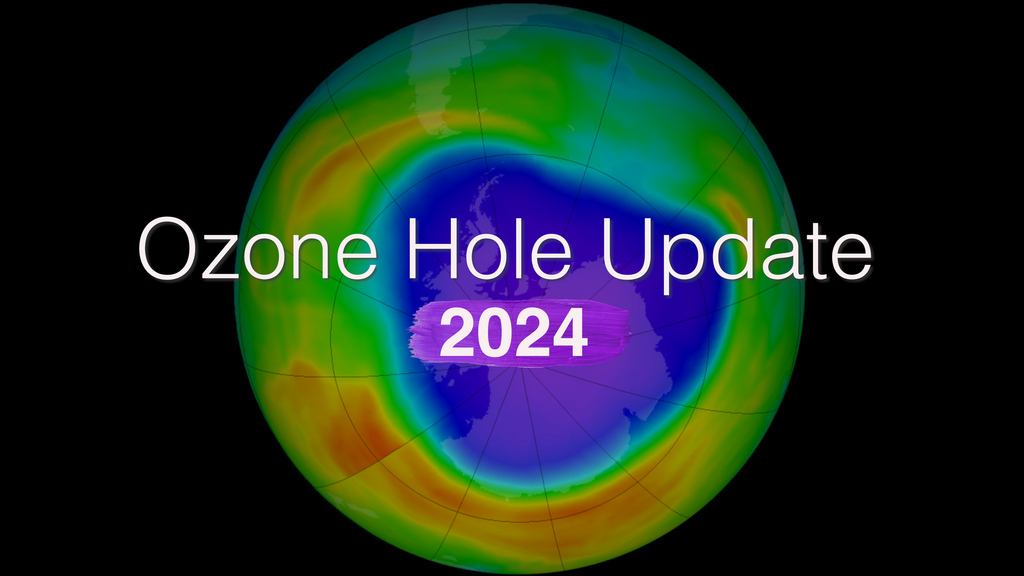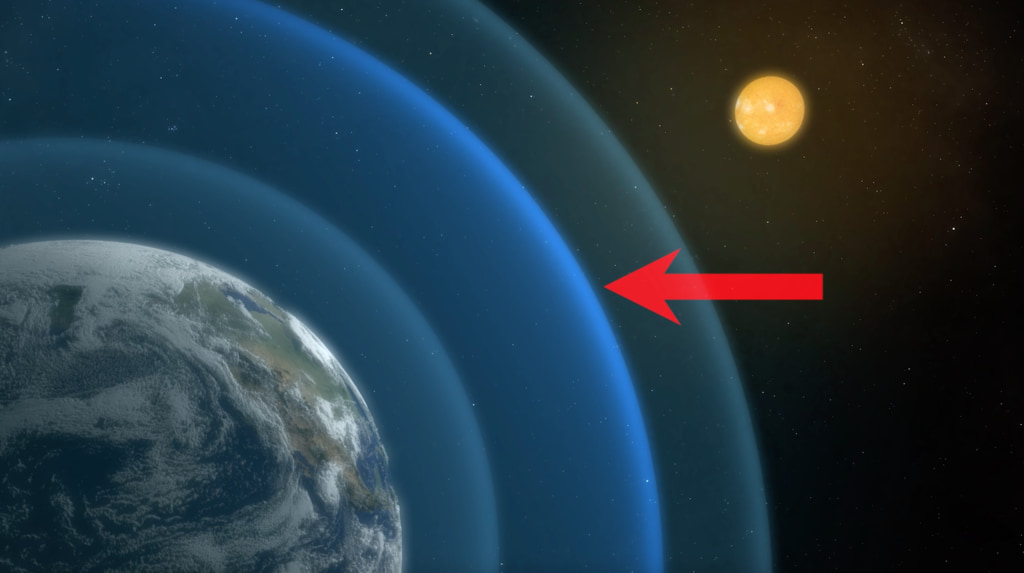2023 Ozone Hole Update
The 2023 Antarctic ozone hole reached its maximum size at 10 million square miles, or 26 million square kilometers, on Sept. 21, which ranks as the 16th largest since 1979, according to annual satellite and balloon-based measurements made by NASA and NOAA.
During the peak of the ozone depletion season from Sept. 7 to Oct. 13, the hole averaged 8.9 million square miles (23.1 million square kilometers), approximately the size of North America
This vertical version of the video is for social media. It can be pulled into Instagram Stories and the regular Instagram feed.
Universal Production Music: Don't Tell Ivory by Elin Porsinger
Complete transcript available.

NASA Earth Observatory image by Lauren Dauphin, using data courtesy of NASA Ozone Watch and GEOS-5 data from the Global Modeling and Assimilation Office at NASA GSFC.
This map shows the size and shape of the ozone hole over the South Pole on September 21, 2023, the day of its maximum extent as calculated by the NASA Ozone Watch team. Moderate ozone losses (orange) are visible amid widespread areas of more potent ozone losses (red).

NASA Earth Observatory image by Lauren Dauphin, using data courtesy of NASA Ozone Watch and GEOS-5 data from the Global Modeling and Assimilation Office at NASA GSFC.
This map shows the size and shape of the ozone hole over the South Pole on September 21, 2023, the day of its maximum extent as calculated by the NASA Ozone Watch team. Moderate ozone losses (orange) are visible amid widespread areas of more potent ozone losses (red).
Credits
Please give credit for this item to:
NASA's Goddard Space Flight Center
-
Producer
- Katie Jepson (KBR Wyle Services, LLC)
-
Visualizers
- Amy Moran (Global Science and Technology, Inc.)
- Lauren Dauphin (SSAI)
-
Scientist
- Paul Newman (NASA/GSFC)
-
Technical support
- Aaron E. Lepsch (ADNET Systems, Inc.)
Release date
This page was originally published on Wednesday, November 1, 2023.
This page was last updated on Wednesday, May 15, 2024 at 12:18 PM EDT.


